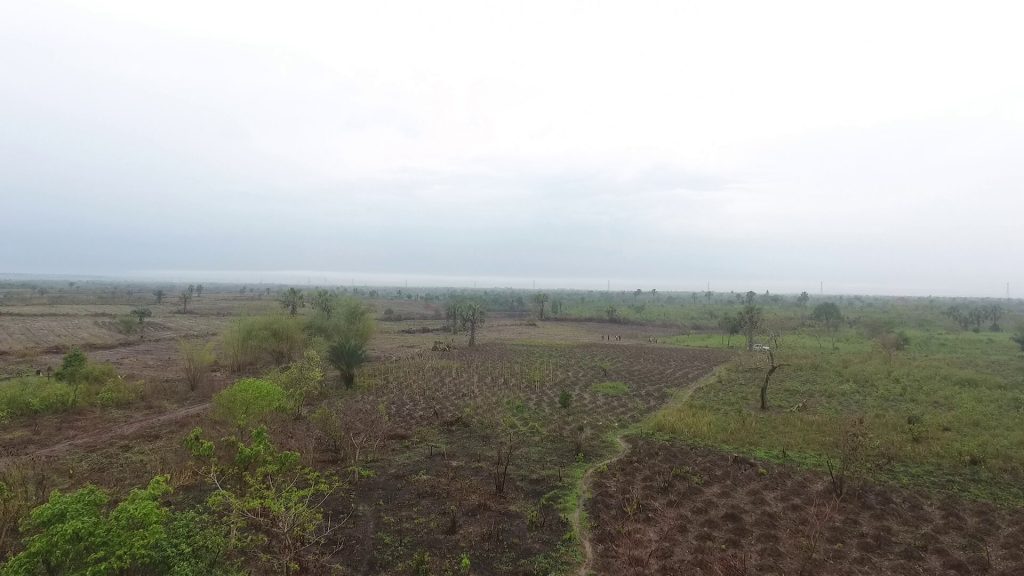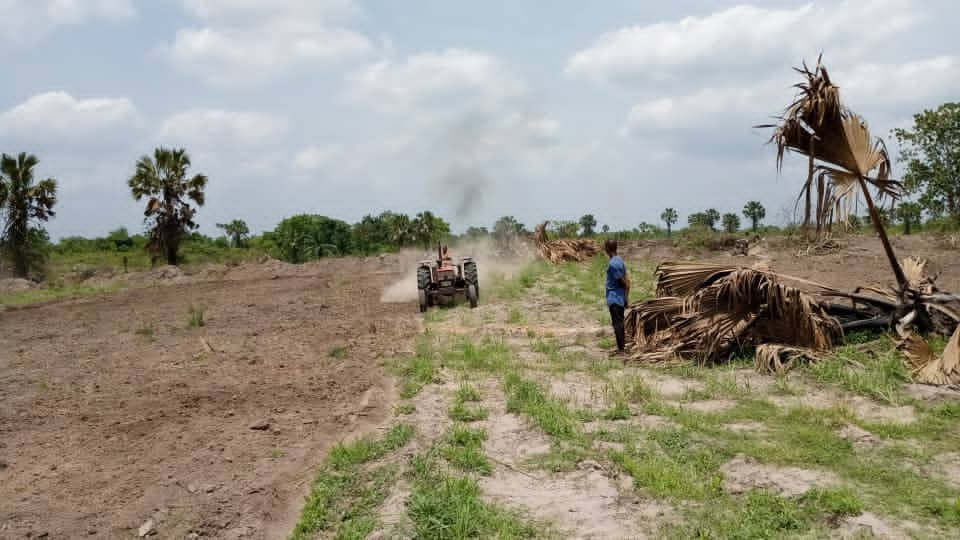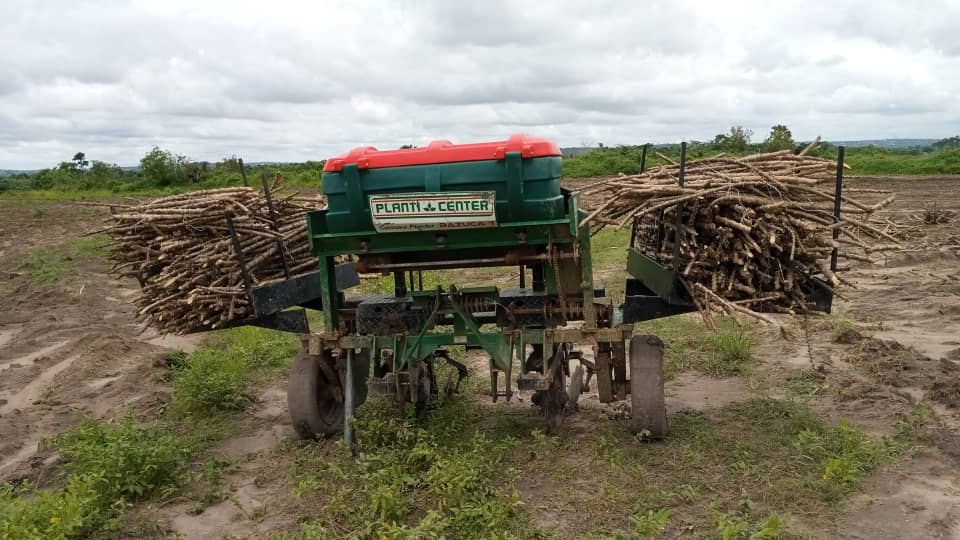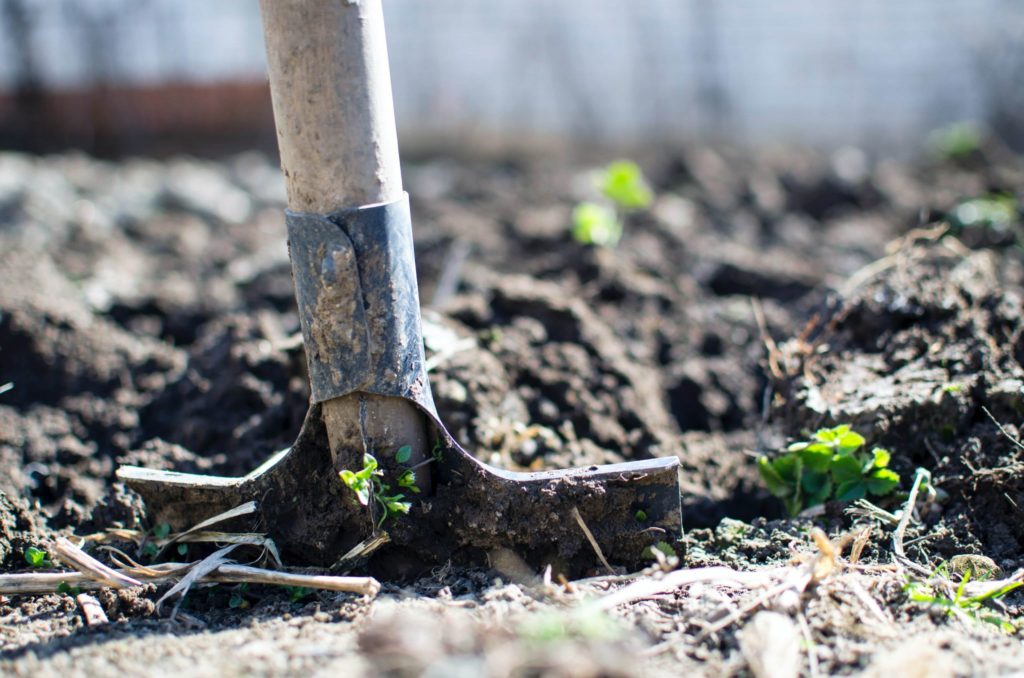Imagine you are at a soiree with a few friends or acquaintances and the topic is “investments”. This group you are currently engaging with includes a few people you admire professionally. This is your chance to grow your professional circle.
Everyone is taking turns to pontificate about their knowledge of investment instruments on their individual portfolios. A majority of them are opposed to investment in agriculture. The conversation gets to you and as a recent investor in Greenhills Cassava Farmstead, you also want your friends to benefit from the upside of investing in agriculture by owning a cassava farm.
You talk about the returns and how they will also own a piece of farm real estate, then someone asks, out of nowhere, “What do you know about cassava cultivation?”, Oh no! you cannot afford to “fall your hand” with these guys today, not when that “lady” or “man” you have been admiring is in the room and listening to hear how you respond.
This article is the first in the “Educated Investor” series. Let’s jump into cassava cultivation 101. The basic stuff!
First, why agriculture and cassava in particular?
The agricultural sector is the economic mainstay of the majority of Nigerian households. It accounts for about 45% of Nigeria’s GDP and generates roughly 60% of employment in the agricultural sector (FAOSTAT2012).
Nigeria is the largest producer of Cassava in the world (FAOSTAT2012) making this subsector vital to the Nigerian economy. Cassava is important not only as a staple crop but also as a major source of foreign exchange. Cassava is inherently resilient as crop failure is not frequent
What are the steps in cassava cultivation?
There are typically six steps in cassava cultivation. We will discuss all six steps in this article.
Step 1: Land Selection

Nigeria has very good land for cassava cultivation, especially in the South-West. Ogun is one of the states in the South-Western region of Nigeria, home to the highest number of cassava smallholder and commercial farmers. It is a prime choice because the land meets the Greenhills Cassava Farmstead technical requirement to maximize cassava yield.
To get the best yield, the soil to be cultivated must be moist. The recommended soil type is loamy or sandy-loamy soil. In addition to this, the land must not be waterlogged, shallow, stony, or on a slope. Another consideration is the vegetation in the area as this will determine the system of weed control to be employed in the farming process.
You see, weeds are a major obstacle to yield maximization. More on that later.
Step 2: Land Preparation for Planting Cassava

After selection, the land must be cleared in preparation for planting and also to allow more sunlight into the soil. Weeds and undergrowth which might otherwise compete with the growth of the cassava are also removed at this point. Burning is not a best practice for land clearing especially for a crop like cassava. Most farmers spray herbicides to control weed before planting begins.
Weeding using herbicides takes a standard time of four weeks after application before any planting should take place. It could take more time depending on the size of the land and how quickly the application of the herbicides is completed.
At this stage, manure can be mixed into the soil during ploughing to get the soil ready for planting. The decision to make ridges is also done at this stage. For farmers in the rainforest and derived savanna zones where soils are prone to water-logging, planting on ridges or mounds is a general practice.
Step 3: Selection and Planting of Cassava

To get a decent yield, the farmer must carefully choose the most effective cassava stem to plant. There are many varieties of stems and below are some things the farmer must take into consideration. The stem’s ability to; grow quick, store well within the soil, face up to pests and diseases, produce high starch content etc.
Other considerations that impact yield at the planting stage is the spacing, length of the planted stem, the planting method and the decision to ridge or not.
Ridging is best done if some cost considerations are satisfied as it increases the potential for higher yields at the end of the planting season
Step 4 – Weeding the farm
Although land preparation sets the ground work for weed control, cassava yield is greatly impacted by the weeds. To put this in perspective, weeds could reduce the average yield of 20 tons per hectare to 10 tons per hectare if not managed properly.
After cassava is planted, it takes about 8 weeks to germinate. The first 3 – 6 weeks is critical to the yield success and weeds should be managed properly at this stage. The reason for this is that weeds tend to crowd out the cassava crop in competition for soil nutrients. Examples of weeds we encounter are spear grass, guinea grass, siam weed and giant potato.
The Greenhills Casava farmstead projects a minimum yield of 30 tons per hectare by the end of the farm cycle. It is why we are employing best practices of weed control using tractor operated weeders on your farm lots. We are all about mechanized farming.
Step 5 – Fertilizer Application
In common cases, fertilizers may not be applied immediately after clearing. Most farmers use different kinds of organic manures, such as cattle dung or chicken droppings to improve soil fertility. Remains of leguminous plants, incorporated into the ground, also improve soil nutrients.
The application of fertilizer is typically done 4-8 weeks after planting in the ratio determined from the soil test. A second dose of fertilization of the soil is done 16 weeks after planting. This s犀利士 ignificantly increases the yield of roots and enhances tuber bulking.
Step 6 – Harvest (Precursor to investment payout)
This is a critical time in the cycle as the yield will determine the return on investment from the year-long activities. The time it takes for cassava to reach maturity differs from one variety to another. Cassava typically becomes mature for harvesting 8 – 18 months after planting. The exact time is determined by environmental and practice factors.
Cassava is usually best harvested manually. The stems of the cassava plant are first cut by hand, machete or machine leaving a small portion at the base to enable the farmer uproot the cassava. Farmers are trained to use a hoe to dig out the part stuck in the soil if the soil is too hard so that the tubers will not break in the soil during uprooting.
The next step is to cut off the tubers from the stem without bruising the roots. The implication of bruising the root is that the cassava will deteriorate very rapidly. Cassava tubers must be processed at most 24 hours after harvesting as they could begin to deteriorate after 48 hours. In the next part of this series, we will explore the opportunities that exist for cassava usage post-harvest. Thank you for reading


